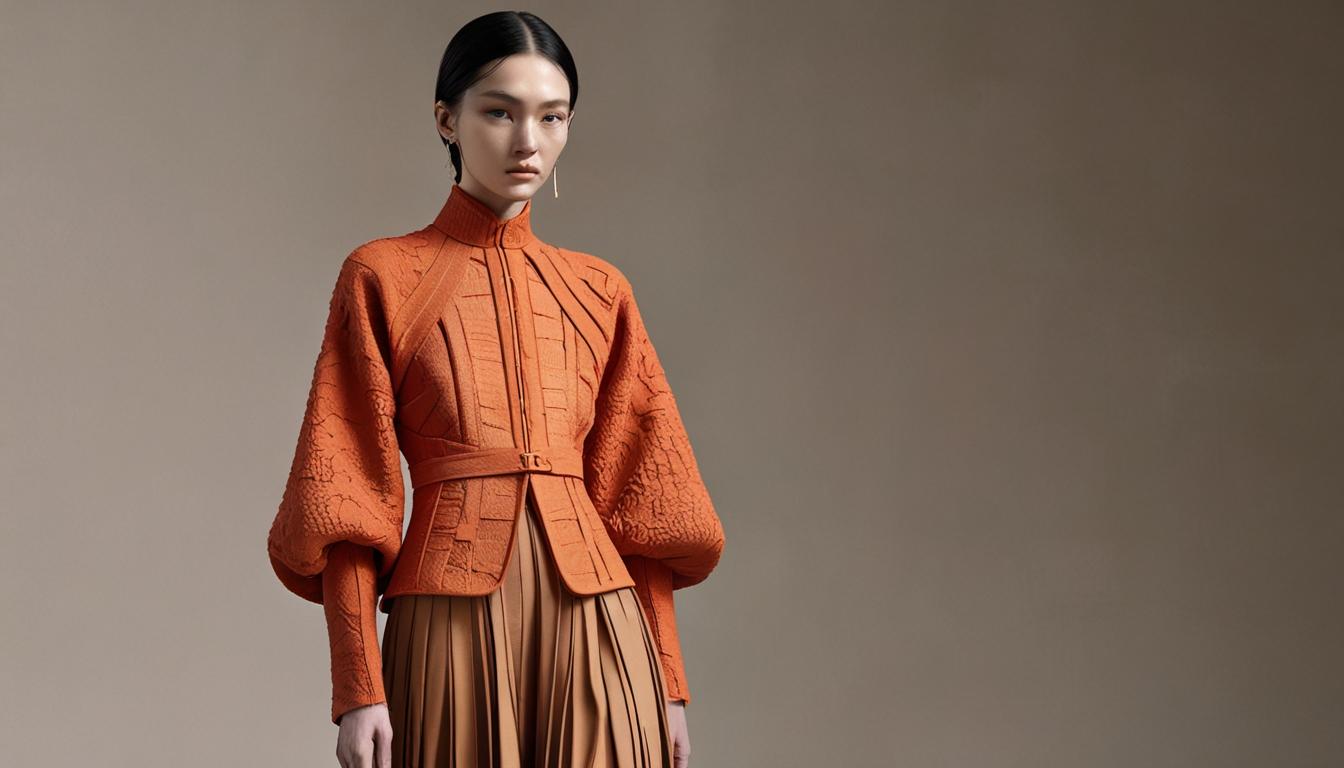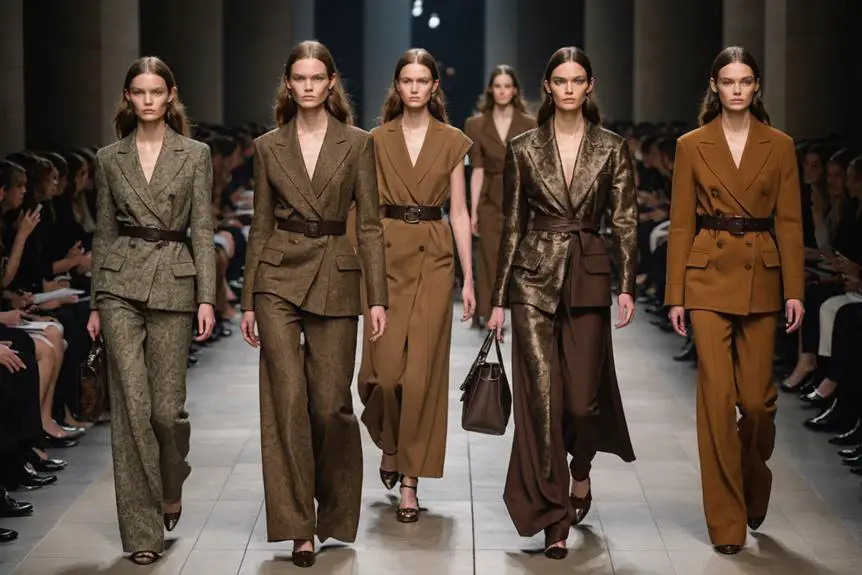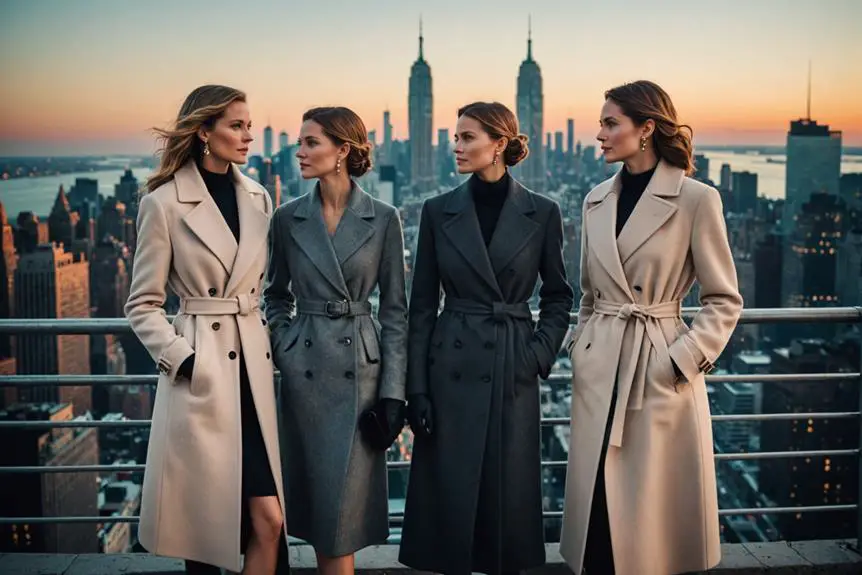Chinese designer Jingwei Yin charts an unconventional path with his brand Oude Waag, merging artistry and personal experiences to redefine femininity in fashion.
Chinese fashion designer Jingwei Yin has charted an unconventional path to establishing his brand Oude Waag, drawing on diverse experiences and influences since leaving China at 17. Yin’s journey began earnestly during his studies at Central Saint Martins in London, particularly highlighting a pivotal moment when he interned under renowned designer Haider Ackermann in Antwerp. There, a small street named Oude Waag resonated with him, leading to the eventual naming of his own label years later.
Despite a promising start in fashion education, Yin encountered a significant setback when he was scheduled to interview for a prestigious MA course with the late fashion professor Louise Wilson, who passed away the day before their meeting in 2014. This loss led him to Paris in search of opportunities at renowned fashion houses such as Alaïa and Jean Paul Gaultier. After a year in the city, lacking industry connections, he returned to London to complete his education at the Royal College of Art under the guidance of Zowie Broach.
Yin expressed that his graduate collection, titled “Arc of Life,” was a profound reflection of his cumulative knowledge in design and art. He described it as an artisanal exploration of life’s journey from birth to death, marked by vibrant colors and textured fabrics arranged into monk-like silhouettes. Subsequently, he launched his first collection for Oude Waag in Shanghai in March 2018. This debut saw a simplification in aesthetic, with more earth-toned ceremonial silhouettes due to resource constraints, but it garnered attention from retailers such as Labelhood, which focuses on emerging talent.
Despite challenging beginnings, including experiences in Paris that tested his resolve, Yin has remained committed to evolving the Oude Waag label, integrating feedback from consumers and expanding his offerings to include tailored pieces and a knitwear collection. He also collaborated on a jewelry line with his wife’s brand, Olio e Aceto, illustrating a personal and professional partnership.
Yin articulated that the essence of Oude Waag is rooted in honoring the complexities of femininity outside conventional norms. The brand’s distinct approach has helped it secure a presence in over 40 top-tier boutiques globally, with Selfridges in London being a notable stockist. The majority of Oude Waag’s sales still originate in China, where a new e-commerce venture on Tmall has shown promising results.
Yin shared insights into how cultural perceptions of sensuality differ between China and the West. In his view, while Chinese consumers might regard his designs as edgy and avant-garde, Western buyers tend to appreciate the nuanced interpretation of sensuality in his work. He explained, “Compared to those who are more direct with showing the body, like Versace and Mugler, Oude Waag hides the obvious parts. Instead, my design accentuates the collarbone, the back of the neck, and the waistline.” This philosophy aids the brand in resonating with diverse audiences while maintaining a unique identity.
Looking forward, Oude Waag’s upcoming fall 2025 collection will explore themes of symbiosis, merging soft cotton with prickly prints, presented through an elaborate installation. Yin mentioned that this collection holds special significance as he channels personal emotions related to his wife’s struggles with depression after a family loss. He noted, “Through this collection, I want to show her that the best way to come out of trauma is to embrace it.”
Yin remains optimistic about both his partner’s healing and the brand’s potential for growth. In a significant development, his wife is set to open a physical store for Olio e Aceto next month near Wukang Mansion in Shanghai, a move Yin hopes will bolster his retail experience as he contemplates future plans for a standalone Oude Waag location.
Source: Noah Wire Services




